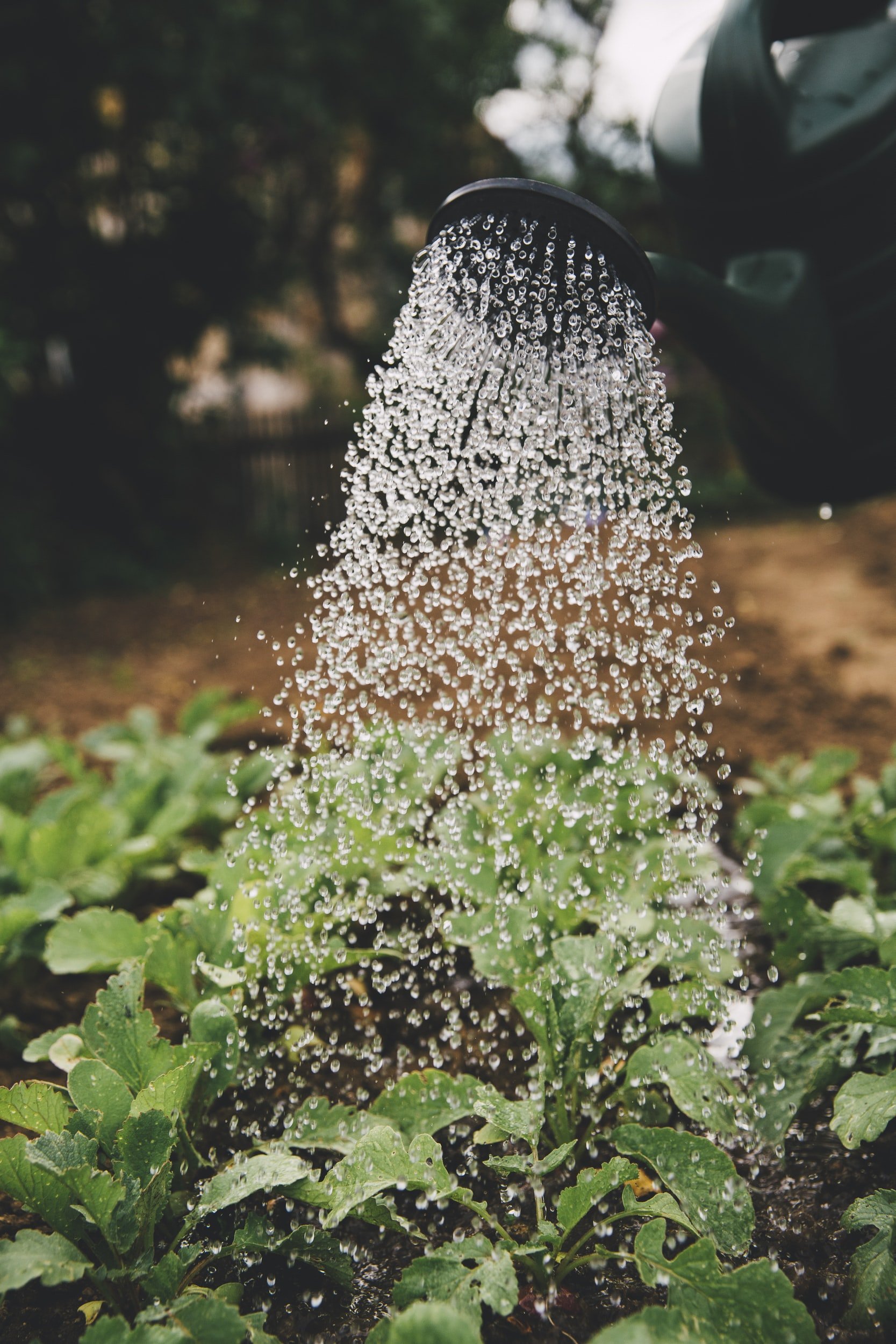
Growing Vegetables In Your House
Lacking outdoor space does not mean you can not grow the garden of your dreams. You don't have to have a backyard or an abundance of acreage to grow that garden. You just need a sunny window and patience! There are many vegetables and even some fruits that you can grow indoors (even in a small, city apartment). You can grow salad greens, scallions, peppers, tomatoes, strawberries and much more in your home, on your back porch or in your back yard.
The advantages of growing indoors is that you can plant vegetables all year long. You don't have to worry about the colder temperatures and frost. You will need to put your plants in a space that gets plenty of sunshine or use a grow light.
Equipment You Will Need
1. Containers for planting your seeds in. You will need a small pot that is a few inches in diameter to start your seeds. You can use individual pots or a propagation tray (with or without compartments). The lid that goes with the propagation tray is not necessary but it does help to speed up germination (the process of the seeds growing into plants).
2. Nutrient rich soil. You can buy a potting mix from your local store. You can use garden soil but you will need to add nutrients.
3. Seeds. You will need some seeds to get started.
4. Bamboo sticks. These are not necessary but will help with plants that get tall like tomatoes and peppers. The sticks will help to keep them upright. You will also need garden wire to bind the plants to the bamboo sticks.
5. Large pots - Once your plants have germinated (two or more leaves have appeared on the stems of your seedlings in the trays or small pots). You will want to transfer them to these larger pots to facilitate further growth.
6. Plant Labels - These are great for noting what you have planted in each container.
7. Grow Light - This is only necessary if you are growing veggies indoors in the winter.
How To Grow Vegetables Indoors From Seeds
1. Plant your seeds - Check out the instructions on your seed packets and follow them carefully so you know how many seeds to place in each container and how far apart each seed should be. Usually each seed needs to be at least a few centimeters apart and them covered with a light layer of soil on top. If you are planting your seeds in seed propagation trays you will need to put the lid on once you have planted the seeds and watered them. This will speed up the germination process. You can also put the seeds on a wet paper towel and put them paper towel in a ziplock bag and put in a cool dark area. In a few days take the paper towel out of the bag and you should see something growing out of the seed.
2. Stems will appear - This is called germination. You know your plants are germinated once two leaves appear on the stem of each plant. This can take around 2 weeks - depending on the plant.
3. Re-pot your plants - Once your leaves have several leaves on them, they are ready to repot. Separate each little plant into its own pot to give it more space to grow. The grow bags will provide enough drainage for your plant. Just make sure you have something to set your grow bag on that has a lip so water will not drain onto your floor.
4. Care Until Harvest - Vegetables, herbs and fruits require different amounts of water and sunlight so be sure to refer to what is needed for that plant.



